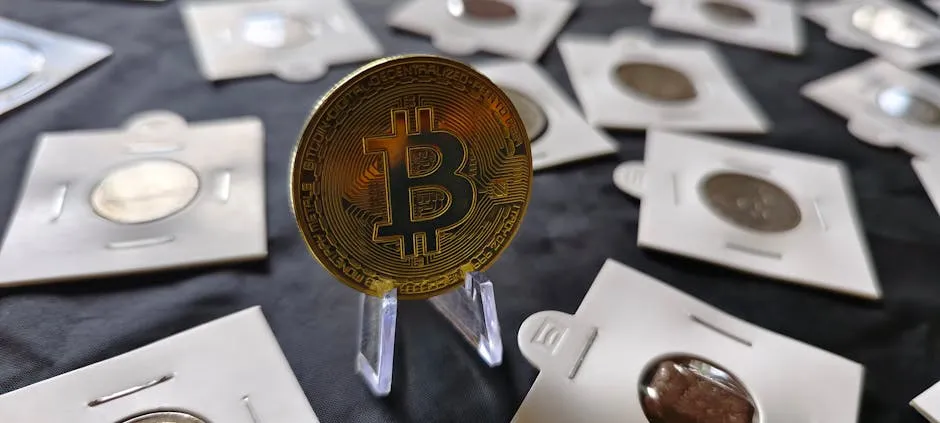
Major Banks Consider Stablecoin Tied to G7 Currencies
In an exciting development for the financial sector, a coalition of prominent banks is exploring the possibility of launching a stablecoin linked to G7 currencies. This initiative aims to delve into the potential benefits of digital assets and their capacity to introduce innovative products to the market.
What is a Stablecoin?
Before diving deeper into this initiative, it’s essential to understand what a stablecoin is. Unlike traditional cryptocurrencies such as Bitcoin or Ethereum, which can be highly volatile, stablecoins are pegged to a stable asset, such as a currency or commodity. This peg helps maintain a stable value, making stablecoins an attractive option for various financial transactions.
The G7 Currency Connection
The Group of Seven (G7) consists of seven of the world’s largest advanced economies: Canada, France, Germany, Italy, Japan, the United Kingdom, and the United States. By linking a stablecoin to these currencies, the participating banks aim to provide a digital asset that reflects the stability and reliability of G7 economies. This could pave the way for more widespread adoption of digital currencies in everyday transactions.
Exploring Digital Asset Benefits
The banks involved in this initiative believe that stablecoins can offer numerous advantages. Some of these include:
- Enhanced Transaction Speed: Digital assets can facilitate faster payments compared to traditional banking methods.
- Lower Transaction Costs: By reducing the reliance on intermediaries, stablecoins could lower fees associated with transactions.
- Increased Accessibility: Stablecoins can provide unbanked populations with easier access to financial services.
- Innovation in Financial Products: A stablecoin could open the door to new financial products and services, enhancing the overall customer experience.
Challenges Ahead
While the potential benefits are significant, the journey towards launching a stablecoin is not without its challenges. Regulatory hurdles, technical complexities, and concerns over security and privacy are just a few of the issues that banks will need to navigate. Moreover, the ongoing debate surrounding the regulation of digital assets poses another layer of complexity to the initiative.
Conclusion
The exploration of a stablecoin tied to G7 currencies represents a pivotal moment in the intersection of traditional banking and digital assets. As banks continue to assess the viability of this initiative, it could signal a broader shift towards embracing digital currencies in mainstream finance. The coming months will be critical as stakeholders weigh the potential rewards against the inherent challenges of this innovative venture.
Stay tuned for more updates on this developing story as the financial world watches closely.



